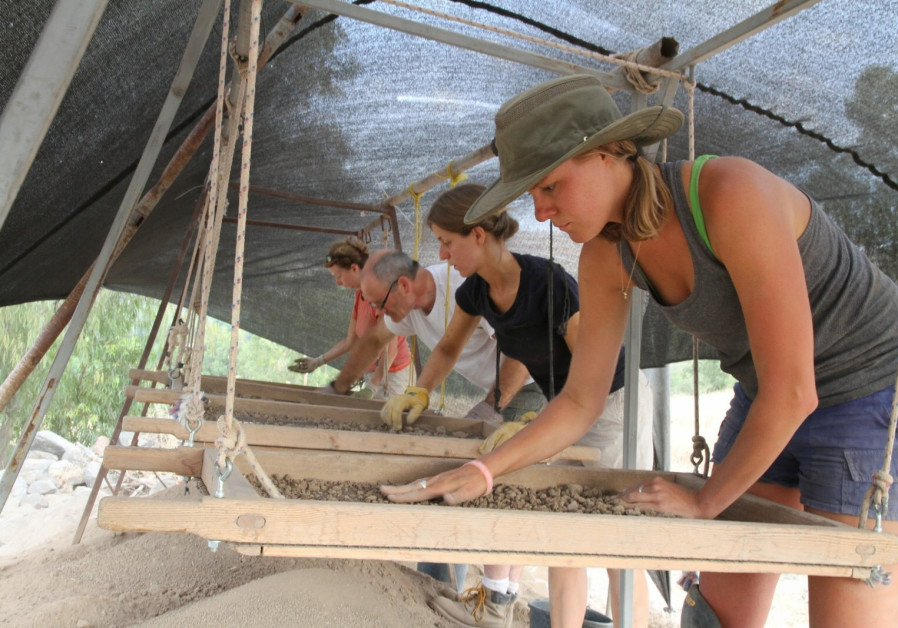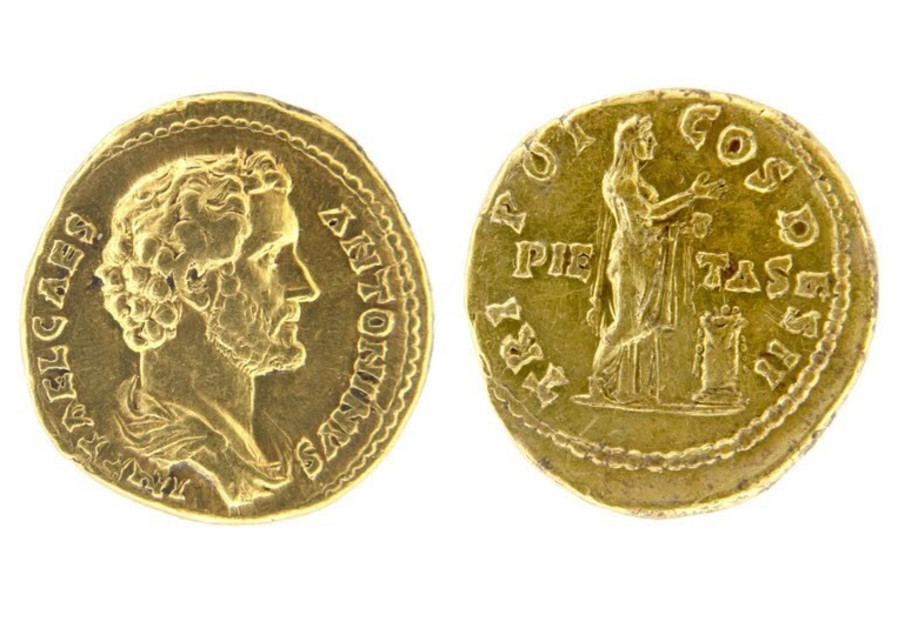
A Related Video You May Like:
Over the years, excavators have discovered in Bethsaida many remains from various periods. The excavations are conducted in the Jordan Park area, northeast of the Sea of Galilee.Avi Lieberman, director of the Jordan Park in which Bethsaida is located said: “The staff at the Jordan Park and the Golan Tourism are happy for the tens of thousands of visitors who visit the park every day. The wonderful park is also an impressive archaeological site. I amazed each time by the arrival of thousands of evangelical visitors to Bethsaida. I am confident that the latest discoveries will bring more visitors to the park from around the world and from Israel.”Another finding made in the past two weeks was discovered underneath what was seemingly the floor of a Roman temple built by Herod’s son Philip, which he dedicated to Julia, the daughter of Augustus.There archaeologists found coins, beads, jugs and house keys as well as a shield that belonged to a Roman soldier. The most significant finding was a coin dated to 35 BCE, which was minted in Acre on the occasion of the arrival of Cleopatra and Marc Antony. There is a total of 12 of these coins.
